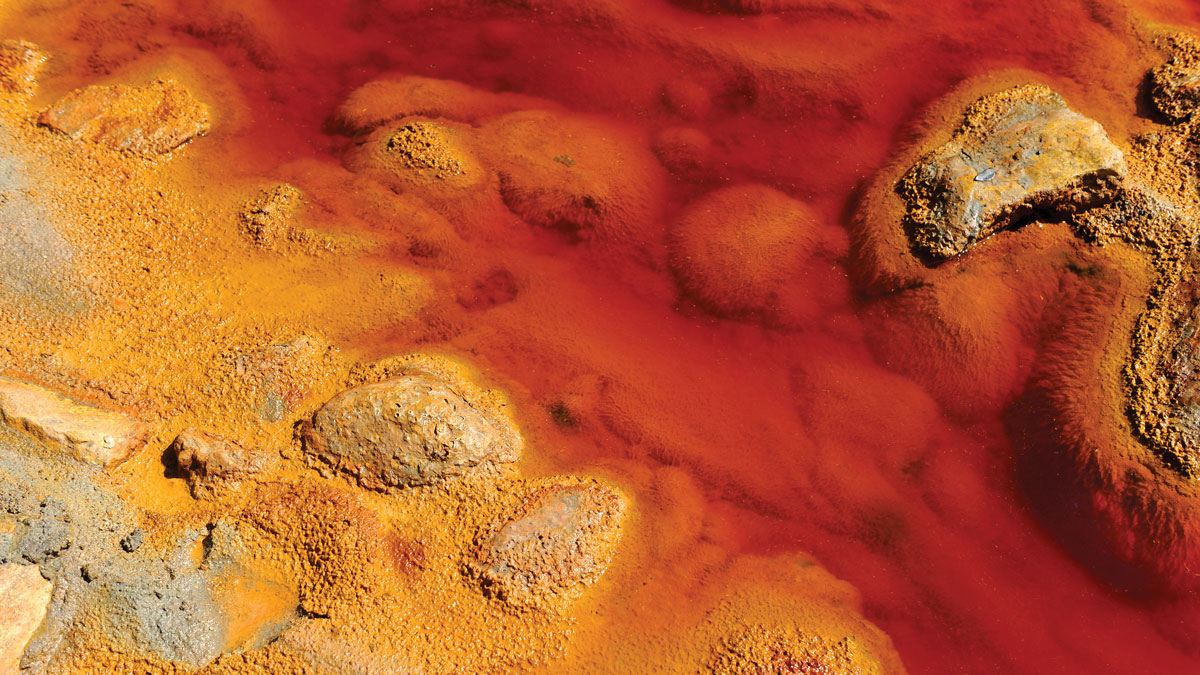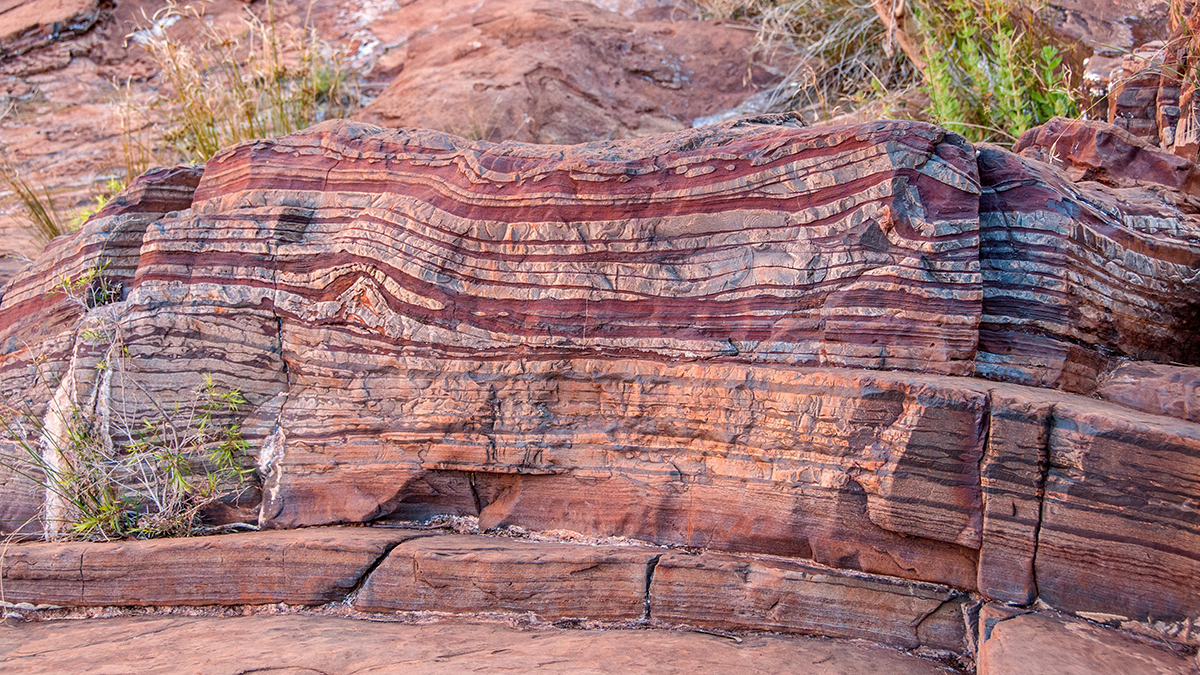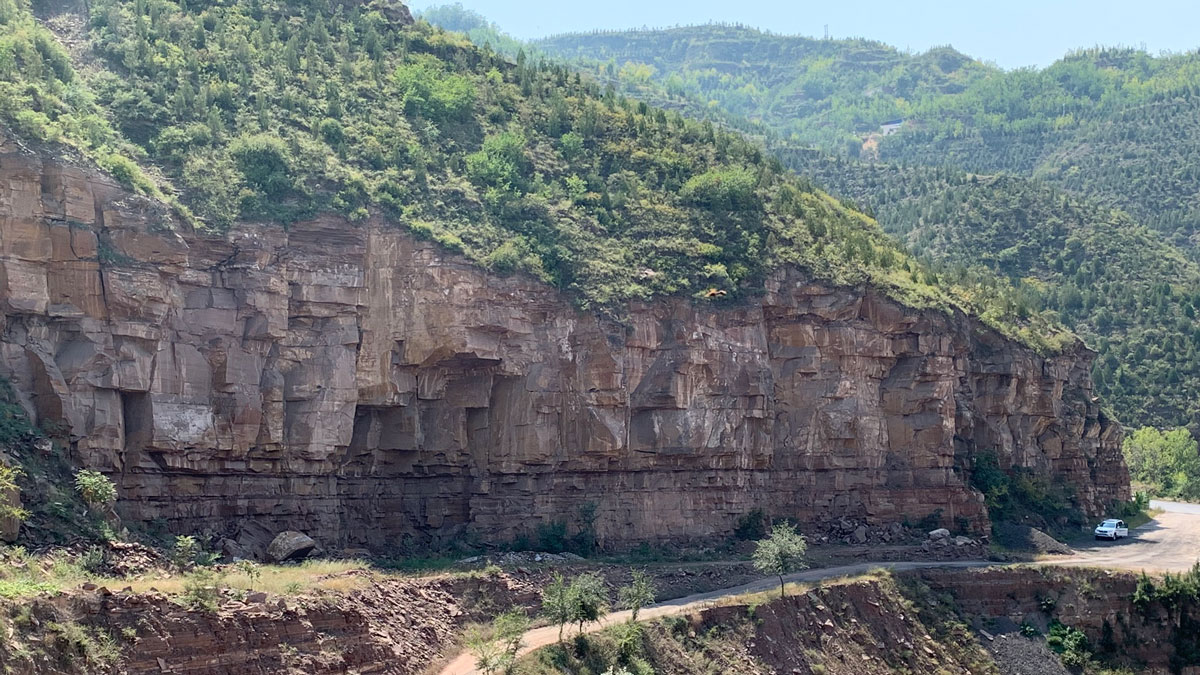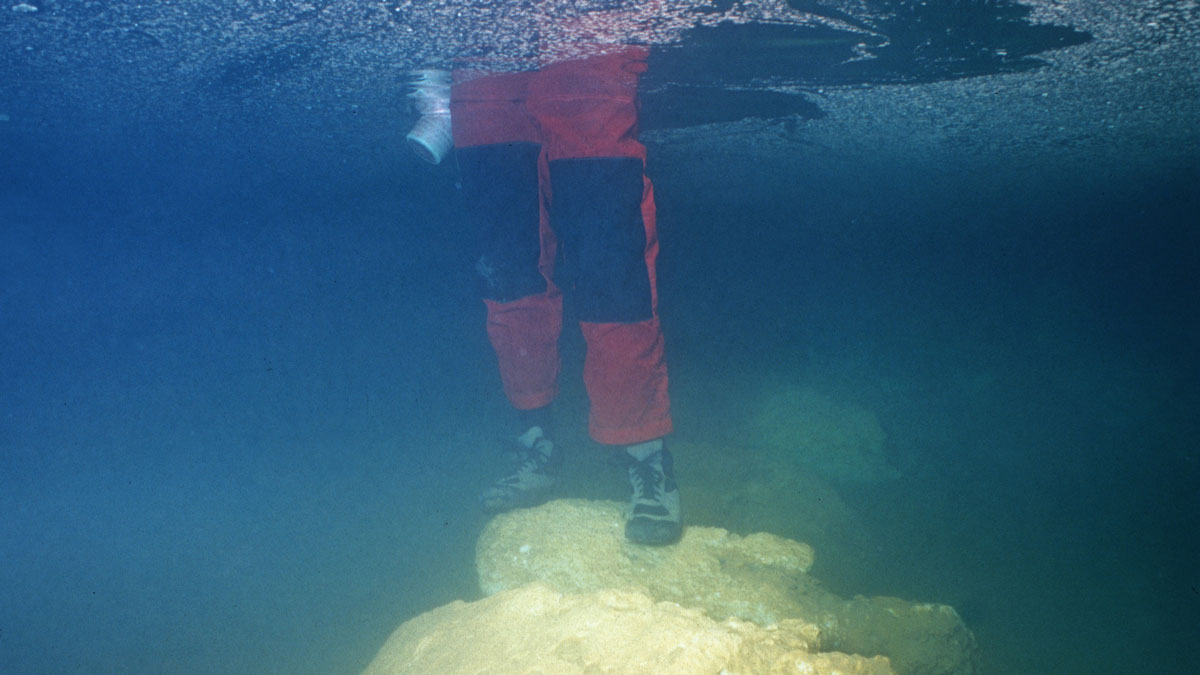A new map of climate conditions during the Pliocene epoch—the last time Earth’s carbon dioxide concentrations hit 400 parts per million—could offer clues about possible climatic changes in store for the 21st century.
paleoclimatology & paleoceanography
A Planetary Perturbation Like No Other
Scientists are tackling “the most profound questions about life itself” with complex computer modeling, billion-year-old bacteria, and old-fashioned fieldwork.
Mantle Motion Matters for Mapping Modern (and Ancient) Ice
Mantle motions have major effects on topography and the distribution of ice sheets. The motions are key for researchers trying to properly parse past mantle movement.
Getting to the Bottom of Cenozoic Deep-Ocean Temperatures
Reconstructing past ocean conditions with oxygen isotopes could provide more information about how Earth’s climate evolved over time, but methods for reconstructing these data can yield varying results.
Bacteria Battled for Iron in Earth’s Early Oceans
Billions of years ago, iron-oxidizing microbes may have competed for dissolved iron in the ocean, with some strains producing toxic gases that smothered their rivals.
Centennial-Scale Jumps in CO2 Driven by Earth’s Tilt
Antarctic ice records uncovered seven previously unknown jumps in atmospheric carbon dioxide. These events may have been driven by changes in Earth’s tilt.
How an Ocean-Sized Lake May Have Formed on Ancient Mars
The catastrophic collapse of Mars’s atmosphere may have melted its polar ice cap, creating an ice-covered southern sea.
Mega El Niño May Have Led to Major Mass Extinction 252 Million Years Ago
The extreme climate conditions wrought by a decades-long ENSO pattern could be the culprit in the Great Dying, which wiped out nearly 90% of life on Earth.
Underwater Bridge Suggests a Surprising Date for First Migration to Mallorca
A controversial study suggests that humans settled on the Spanish island 1,000 years earlier than archaeologists believe.










